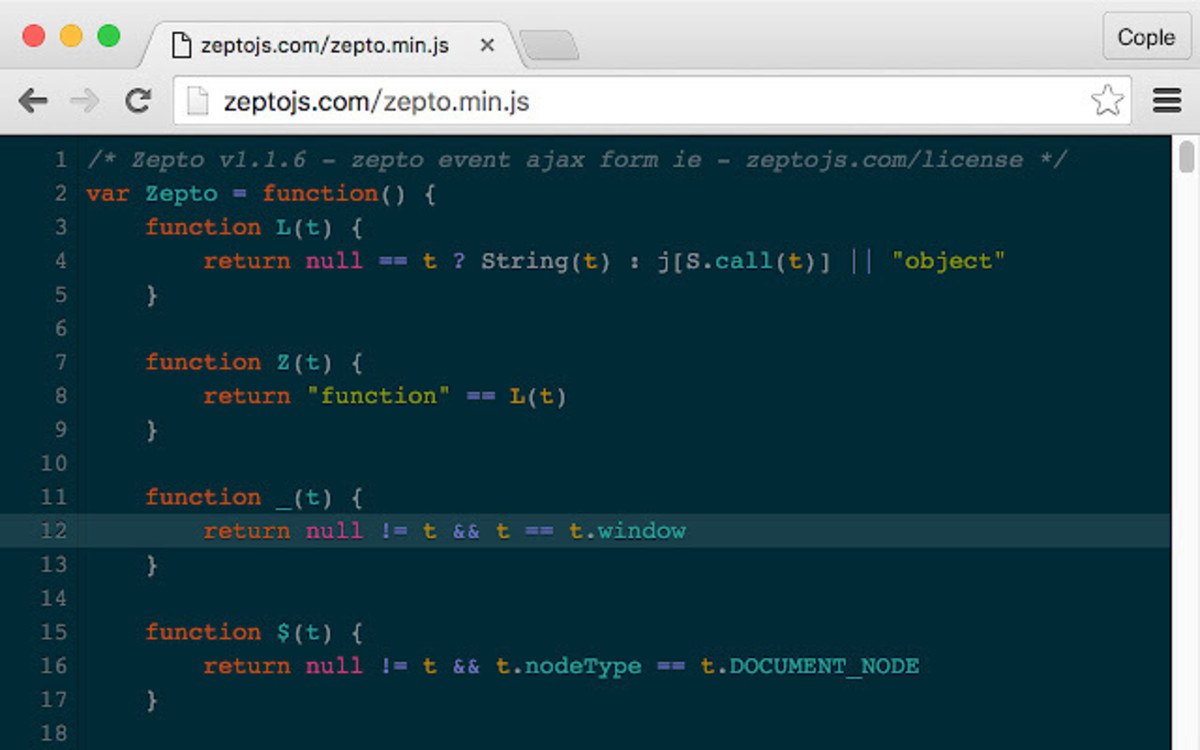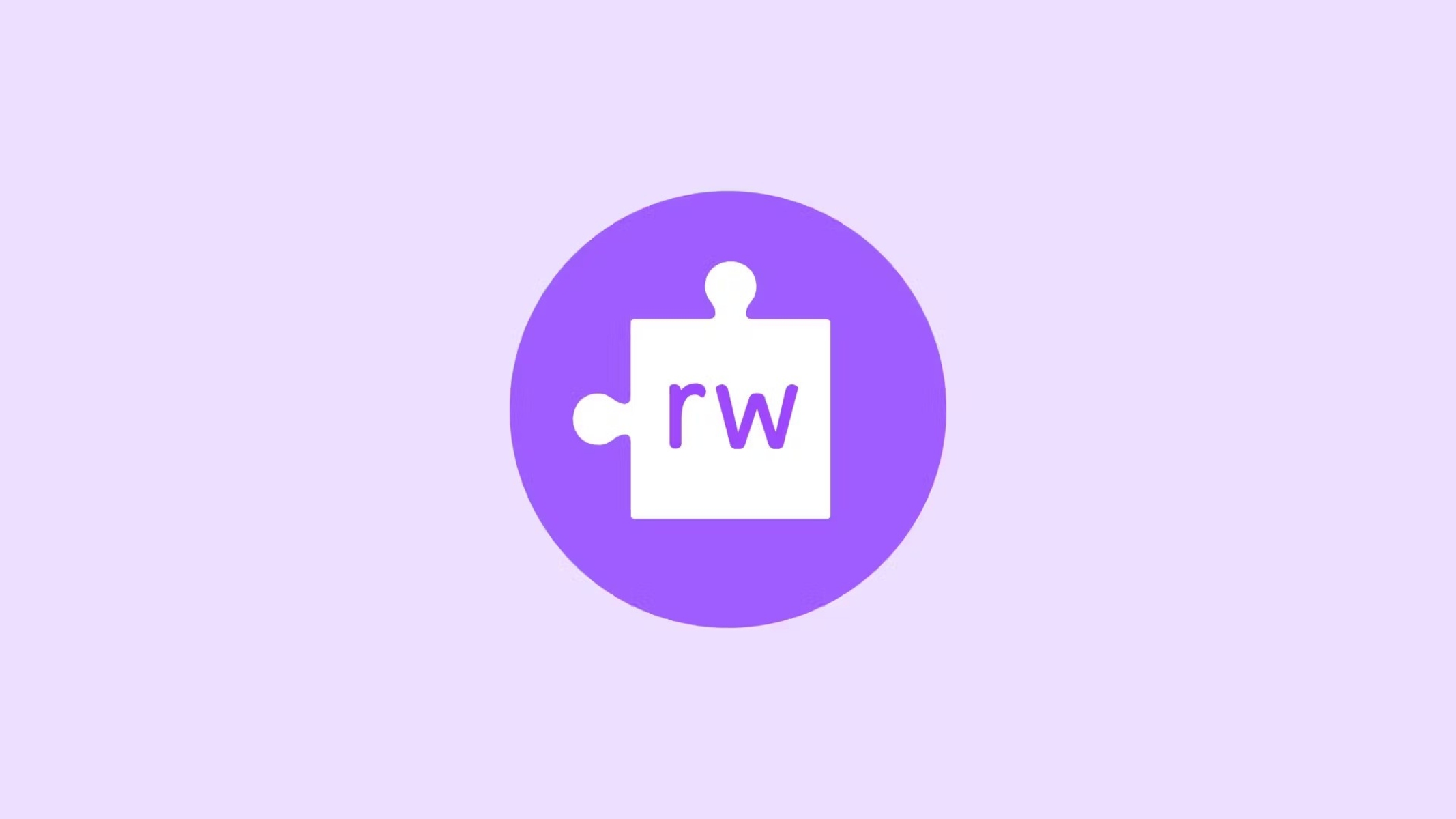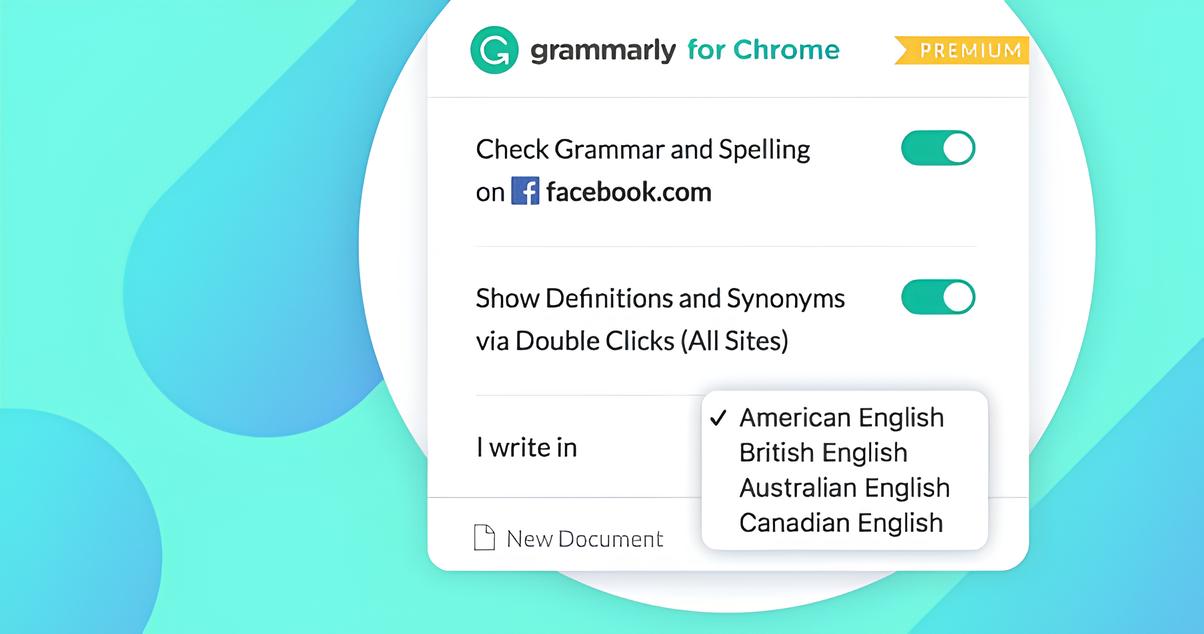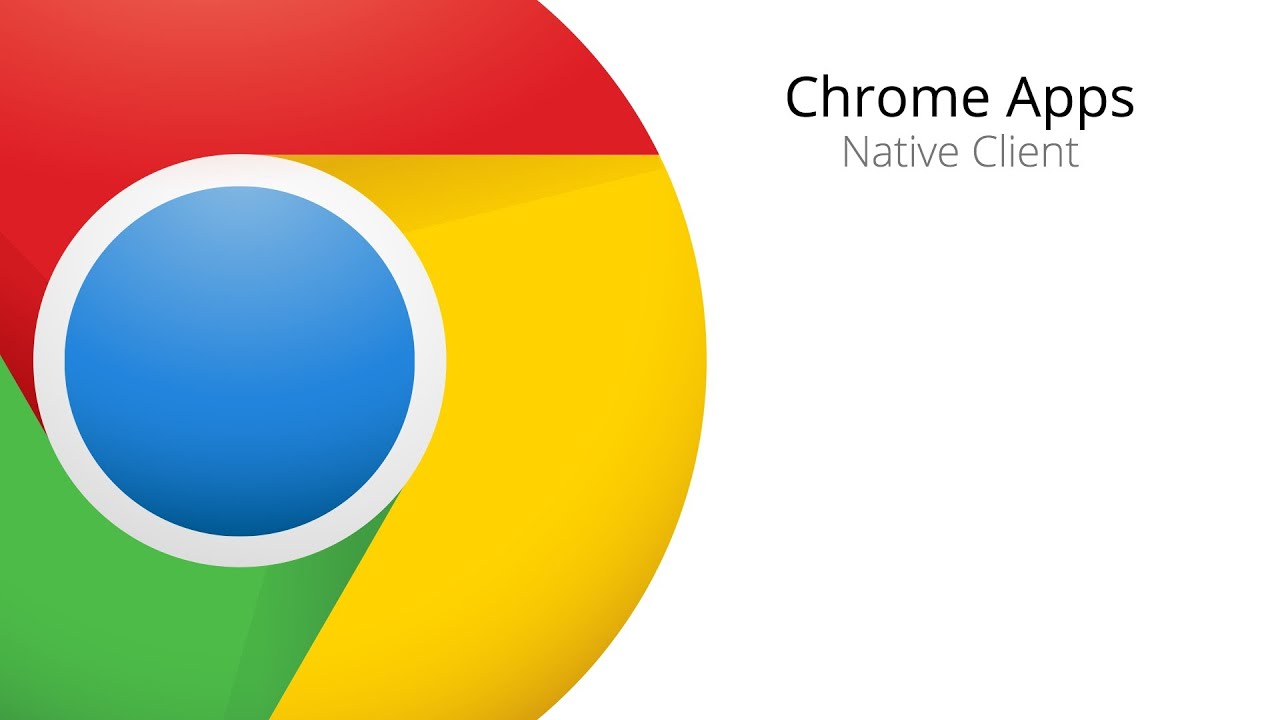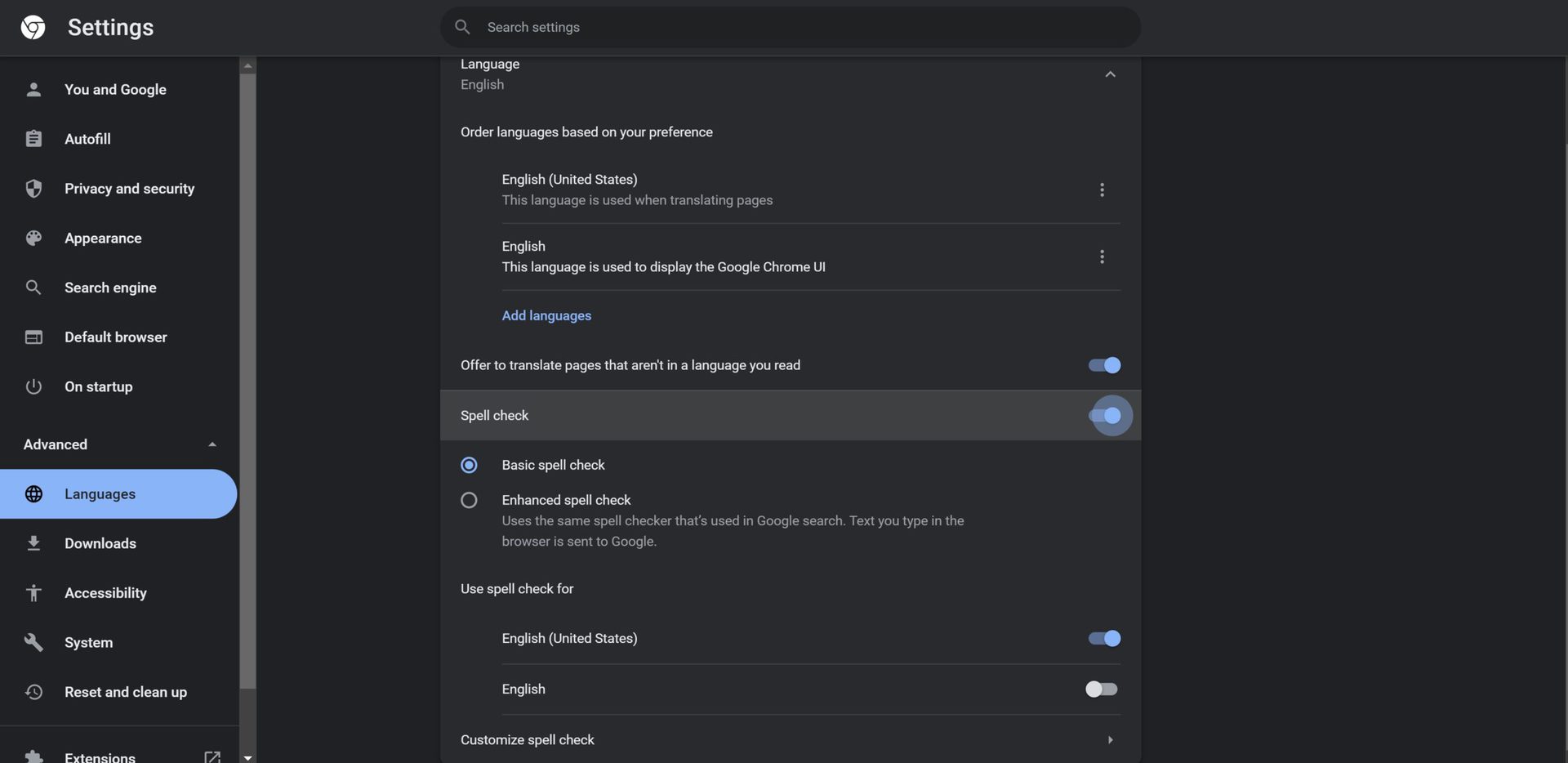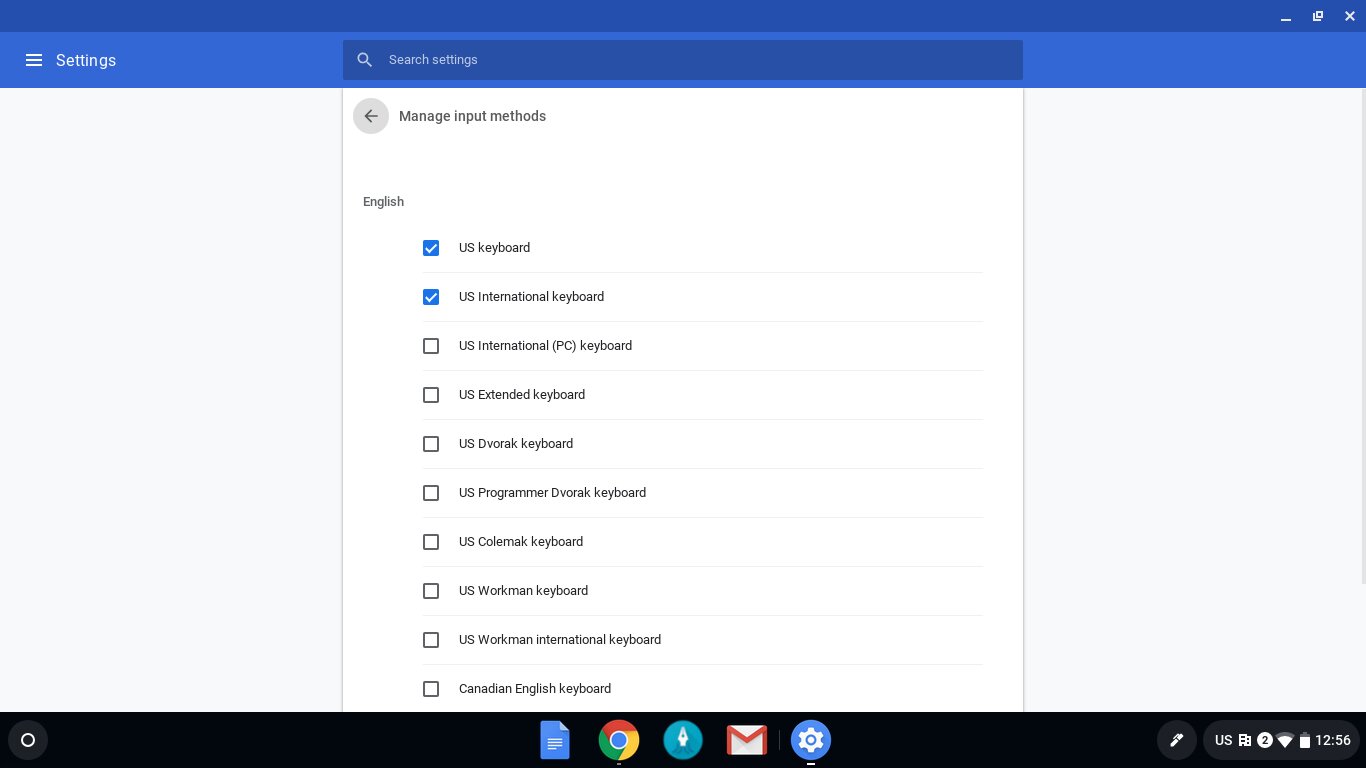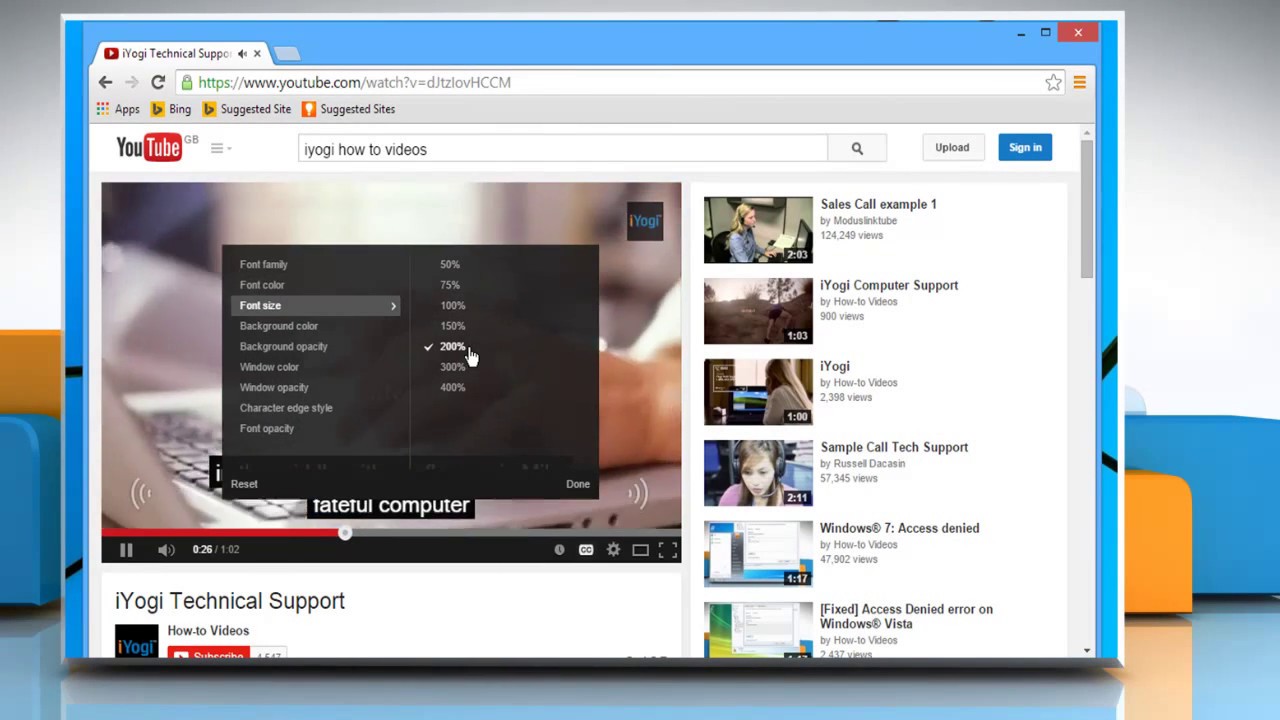Introduction
When it comes to developing Chrome extensions, understanding the programming languages and technologies involved is crucial. Chrome extensions are small software programs that add functionality to the Chrome web browser, allowing users to customize their browsing experience and enhance productivity.
Before diving into the specifics of the languages used to create Chrome extensions, it’s important to note that extensions are primarily built using web technologies – the same languages used to build websites. These languages include JavaScript, HTML, CSS, JSON, and manifest files.
JavaScript is the backbone of Chrome extensions. It is a versatile scripting language that allows developers to add interactive elements and functionality to web pages. With JavaScript, you can manipulate the DOM (Document Object Model), handle events, and communicate with web servers.
HTML (Hypertext Markup Language) determines the structure, layout, and content of web pages. In the context of Chrome extensions, HTML is used to define the user interface (UI) elements, such as buttons, forms, and container elements.
CSS (Cascading Style Sheets) is responsible for styling and formatting the visual appearance of web pages and, consequently, Chrome extensions. By using CSS, developers can control the colors, fonts, and layouts of the extension’s UI elements, making them visually appealing and user-friendly.
JSON (JavaScript Object Notation) is a lightweight data interchange format. In the context of Chrome extensions, JSON files are commonly used to store configuration settings and data required by the extension. JSON’s simplicity and compatibility with JavaScript make it an ideal choice for storing and retrieving data.
Manifest files play a crucial role in the development of Chrome extensions. A manifest file is a special file named “manifest.json” that provides essential information about the extension, including its name, version, permissions, and dependencies. It acts as a gateway between the extension and the browser, defining how the extension behaves and interacts with the user’s browsing session.
Developers can leverage these languages and technologies to create powerful and feature-rich Chrome extensions. By combining JavaScript’s interactivity, HTML’s structure, CSS’s visual aesthetics, and JSON’s data management capabilities, extensions can provide users with seamless and personalized browsing experiences.
JavaScript
JavaScript is the primary programming language used to develop Chrome extensions. It is a versatile and dynamic scripting language that enables developers to add interactivity and functionality to web pages and extensions.
With JavaScript, developers can manipulate the Document Object Model (DOM), which represents the structure and content of a web page. This allows them to dynamically update and modify elements on the page, such as adding or removing content, changing styles, and responding to user interactions.
In the context of Chrome extensions, JavaScript is used to enhance the user interface (UI) and create interactive features. Developers can attach event listeners to UI elements, enabling them to respond to user actions like clicking a button or submitting a form. These event handlers can trigger specific actions or call functions that perform certain tasks, such as making API calls or saving data locally.
Furthermore, JavaScript provides powerful APIs specifically designed for Chrome extensions. These APIs allow developers to access and interact with various components of the browser, such as tabs, bookmarks, history, and cookies. They can retrieve information about the user’s browsing session, modify or open new tabs, and even inject custom scripts into web pages to enhance functionality or gather data.
Another essential aspect of JavaScript in Chrome extension development is message passing. Extensions often consist of multiple components, such as background scripts, content scripts, and popup views. JavaScript’s message passing API enables communication between these components, allowing them to send and receive information. This facilitates coordination and synchronization between different parts of the extension.
As Chrome extensions are essentially web applications, JavaScript is essential for implementing the core functionality and logic. It enables developers to create custom features that extend the capabilities of the Chrome browser and provide users with a seamless and personalized browsing experience.
HTML
HTML (Hypertext Markup Language) plays a significant role in developing Chrome extensions as it is used to define the structure, layout, and content of web pages and extension interfaces. HTML provides a standardized way to arrange elements and create a user-friendly interface for extensions.
When developing Chrome extensions, HTML is utilized to define the various UI components that make up the extension’s interface. This includes creating buttons, input fields, dropdown menus, and other interactive elements that allow users to interact with the extension’s functionality.
HTML uses a markup syntax to structure and organize the content of a web page. Elements are defined by tags, such as <div>, <p>, and <input>, that encapsulate and describe the purpose of the content within. These tags, along with attributes, allow developers to define the visual and functional properties of each element.
With HTML, developers can create a hierarchy of elements to organize and arrange them within the extension’s UI. By using containers like <div> and <span>, developers can group related elements together and apply styles or functionality to them as a whole. This helps in creating a well-structured and visually appealing interface.
Additionally, HTML enables developers to incorporate multimedia elements, such as images, videos, and audio, into the extension’s UI. This allows for enhanced user engagement and presentation of information.
Furthermore, HTML can be combined with JavaScript to create dynamic and interactive UI elements. By utilizing JavaScript to manipulate the DOM, developers can modify the content, style, and behavior of HTML elements in response to user actions or changes in the extension’s state.
Overall, HTML is a fundamental language for Chrome extension development, as it allows developers to define the structure and layout of the extension’s UI. Through its use, developers can create user-friendly and visually appealing interfaces that enhance the overall user experience of the extension.
CSS
CSS (Cascading Style Sheets) is an essential language used in Chrome extension development to control the visual appearance and styling of web pages and extension UI elements. It works in tandem with HTML to enhance the aesthetics and usability of the extension.
With CSS, developers can define rules and styles that determine how HTML elements should be displayed. This includes properties such as colors, fonts, sizes, margins, padding, and positioning.
By separating the presentation layer from the content layer, CSS enables developers to easily customize and update the visual aspects of the extension. It offers a high level of flexibility and control, allowing for the creation of visually appealing and consistent user interfaces.
When developing Chrome extensions, CSS can be applied to individual HTML elements using selectors. Selectors target specific elements, classes, or IDs, allowing developers to apply different styles to different parts of the extension UI.
CSS also supports responsive design, ensuring that the extension interface adapts to different screen sizes and devices. Media queries can be used to define different styles for different viewport sizes, allowing the extension to provide a seamless experience across various devices.
Furthermore, CSS supports animations and transitions, which can be used to create interactive and engaging UI elements. Developers can utilize CSS animations to add subtle effects, such as fading or sliding, to enhance the user experience.
In addition, CSS preprocessors, such as Sass or LESS, can be used to enhance the development process. These preprocessors offer features like variables, mixins, and nesting, which simplify and streamline the writing of CSS code.
Overall, CSS is a powerful language that complements HTML in Chrome extension development. By using CSS, developers can create visually appealing, responsive, and interactive user interfaces that enhance the overall look and feel of the extension.
JSON
JSON (JavaScript Object Notation) is a lightweight data interchange format used in Chrome extension development and various other programming contexts. It is a widely adopted format for storing and exchanging structured data.
In the context of Chrome extensions, JSON is commonly used to store configuration settings, metadata, and other data required by the extension. It serves as a flexible and readable way to represent complex data structures.
JSON is based on key-value pairs, where keys are strings and values can be of various types, including strings, numbers, booleans, arrays, or even nested JSON objects. This simplicity and versatility make JSON an ideal choice for storing and retrieving data in Chrome extensions.
Developers can use JSON files to define various aspects of the extension, such as the extension’s name, version, description, permissions, and options. These files, often named “manifest.json” or other descriptive names, act as the “blueprint” of the extension, providing important information to the Chrome browser.
Moreover, JSON allows for easily adding or modifying data without the need for complex parsing or manipulation. It is also human-readable, making it accessible and understandable to developers and even non-technical individuals.
When working with JSON in Chrome extensions, developers can retrieve data from JSON files, modify it, and use it to dynamically update the behavior or appearance of the extension. This enables the creation of customizable and adaptable extensions that can be tailored to suit the preferences of individual users.
Furthermore, JSON integrates seamlessly with JavaScript, the primary programming language used in Chrome extensions. By using JavaScript’s built-in JSON object, developers can parse JSON strings into JavaScript objects and vice versa, allowing for efficient manipulation and processing of data.
Overall, JSON is a versatile and widely adopted data format that plays a crucial role in Chrome extension development. It provides a simple and readable way to store and exchange structured data, facilitating the configuration and customization of extensions.
Manifest Files
Manifest files are a vital component of Chrome extensions, as they provide essential information about the extension and define how it interacts with the Chrome browser. These files, typically named “manifest.json”, act as the gateway between the extension and the browser, influencing the extension’s behavior and functionality.
A manifest file is written in JSON format, making it easy to read, write, and understand. It contains key-value pairs that define properties such as the extension’s name, version, description, permissions, icons, background scripts, content scripts, and more.
At the minimum, a manifest file should include the name and version of the extension. These properties help identify and differentiate the extension from others in the Chrome Web Store. Additionally, the manifest file specifies the “manifest_version”, which indicates the version of the extension manifest specification being used.
Permissions are a crucial aspect of manifest files. They define the level of access and capabilities that the extension requires to function properly. Examples of permissions include access to browsing history, managing tabs, modifying bookmarks, and requesting network access. By specifying the necessary permissions, the extension can operate within the allowed scope defined by the user and the Chrome browser.
The icons property in the manifest file allows developers to define icons of various sizes that represent the extension in different contexts, such as the browser toolbar, extension manager, and notifications. Providing appealing and recognizable icons enhances the visibility and user experience of the extension.
Manifest files also play a role in defining the various scripts used by the extension. Background scripts run in the background and can handle events, perform tasks, and communicate with other parts of the extension. Content scripts, on the other hand, are injected into web pages to modify or enhance their functionality.
Furthermore, manifest files allow extensions to define their user interface components, such as browser action buttons and popup views. This enables users to interact with the extension and access its features and functionality.
The manifest file is crucial in the installation process of Chrome extensions. It contains metadata and instructions that the Chrome browser uses to install and manage the extension. Once installed, the manifest file continues to be an integral part of the extension’s functioning and interaction with the browser and the user’s browsing experience.
In summary, manifest files are essential in Chrome extension development as they contain crucial metadata and instructions that define the extension’s properties, permissions, scripts, icons, and UI components. They serve as a blueprint for the extension’s behavior and provide the necessary information for the Chrome browser to install, manage, and interact with the extension.
Communication Between Extension Components
Communication between different components of a Chrome extension is essential for creating a cohesive and seamless user experience. Chrome extensions often consist of multiple components, such as background scripts, content scripts, and popup views, which need to exchange data and synchronize their actions.
One common method of communication between extension components is through message passing. This mechanism allows components to send and receive messages, enabling them to share information and coordinate their actions.
Message passing involves two main actors: the sender and the receiver. The sender component uses the Chrome extension API to send a message, while the receiver component listens for incoming messages and responds accordingly.
Background scripts serve as the central hub for message passing as they have access to the browser’s APIs and can send and receive messages to and from different components. They can communicate with content scripts injected into web pages or popup views that are displayed when the user interacts with the extension’s UI.
Content scripts, as the name suggests, run in the context of a web page and can communicate with the background script through message passing. This allows content scripts to send data or requests to the background script and receive responses or instructions in return.
Popup views, also known as browser action popups, are small windows that appear when the user clicks on the extension’s browser action button. Popup views can also communicate with the background script through message passing, allowing them to request data or trigger actions.
Additionally, message passing supports advanced features such as sendResponse, which enables the recipient of a message to send a response back to the sender. This enables bi-directional communication and allows components to exchange data or execute complex workflows.
Moreover, message passing can be used to establish long-lived connections between components using ports. This enables continuous communication between components, allowing them to exchange multiple messages without needing to establish a new connection each time.
By using message passing, extension components can work together harmoniously and exchange information seamlessly. This enables the extension to provide a cohesive and integrated user experience, where different components collaborate to deliver the desired functionality.
Overall, communication between extension components through message passing is crucial for creating a robust and functional Chrome extension. It allows components to exchange data, coordinate actions, and work together to provide a seamless user experience.
Native Messaging
Native messaging is an advanced communication method used in Chrome extensions to establish communication between the extension and native applications installed on the user’s computer. It enables extensions to interact with native code and leverage the capabilities of standalone applications.
Native messaging is particularly useful when extensions require access to system resources that are not available through standard web APIs. Examples include interacting with hardware devices, performing computationally intensive tasks, or accessing specific operating system features.
The communication between the extension and the native application is facilitated through standard input/output streams, allowing the exchange of messages. The messages are sent in a specific format and protocol defined by the extension and the native application.
To establish a native messaging connection, the extension first needs to register the location and ID of the native application in its manifest file. The native application must be installed on the user’s computer and adhere to a specific messaging protocol implemented by the extension.
Once the connection is established, the extension can send messages to the native application using the native messaging API. These messages typically include requests for specific actions or data from the native application.
Conversely, the native application can respond to these messages by sending back a response message containing the requested data or the result of the action performed. This two-way communication allows for a seamless flow of information between the extension and the native application.
Native messaging is a powerful tool that extends the capabilities of Chrome extensions beyond what can be achieved with standard web technologies. It enables closer integration with the user’s operating system and the ability to leverage native resources.
It’s worth noting that native messaging introduces additional security considerations, as it involves executing external code on the user’s computer. The extension and native application must both implement proper security measures to ensure the secure exchange of messages and protect the user’s system.
Native messaging is a valuable feature for developers who need to bridge the gap between web-based extensions and native applications. It enhances the functionality and versatility of Chrome extensions, allowing them to interact with system-level resources and offer a more comprehensive user experience.
Conclusion
Chrome extensions are powerful tools that allow users to customize and enhance their browsing experience. Understanding the programming languages and technologies used in Chrome extension development is crucial for building effective and functional extensions.
JavaScript serves as the backbone of Chrome extensions, providing interactivity and functionality to web pages and extensions. HTML and CSS play key roles in defining the structure, layout, and visual aesthetics of extension UI elements. JSON is used for storing and exchanging structured data, while manifest files serve as important blueprints for the extension, defining its properties, permissions, and components.
Communication between various extension components, such as background scripts, content scripts, and popup views, is achieved through message passing, allowing for seamless coordination and data sharing.
Lastly, native messaging offers the ability to bridge the gap between Chrome extensions and native applications, allowing for even greater functionality and integration with system resources.
By leveraging these programming languages and technologies, developers can create powerful and feature-rich Chrome extensions that enhance the browsing experience and cater to the specific needs of users.
Whether it’s customizing the UI, adding new features, or integrating with native applications, mastering these languages and technologies is key to building successful and impactful Chrome extensions.







